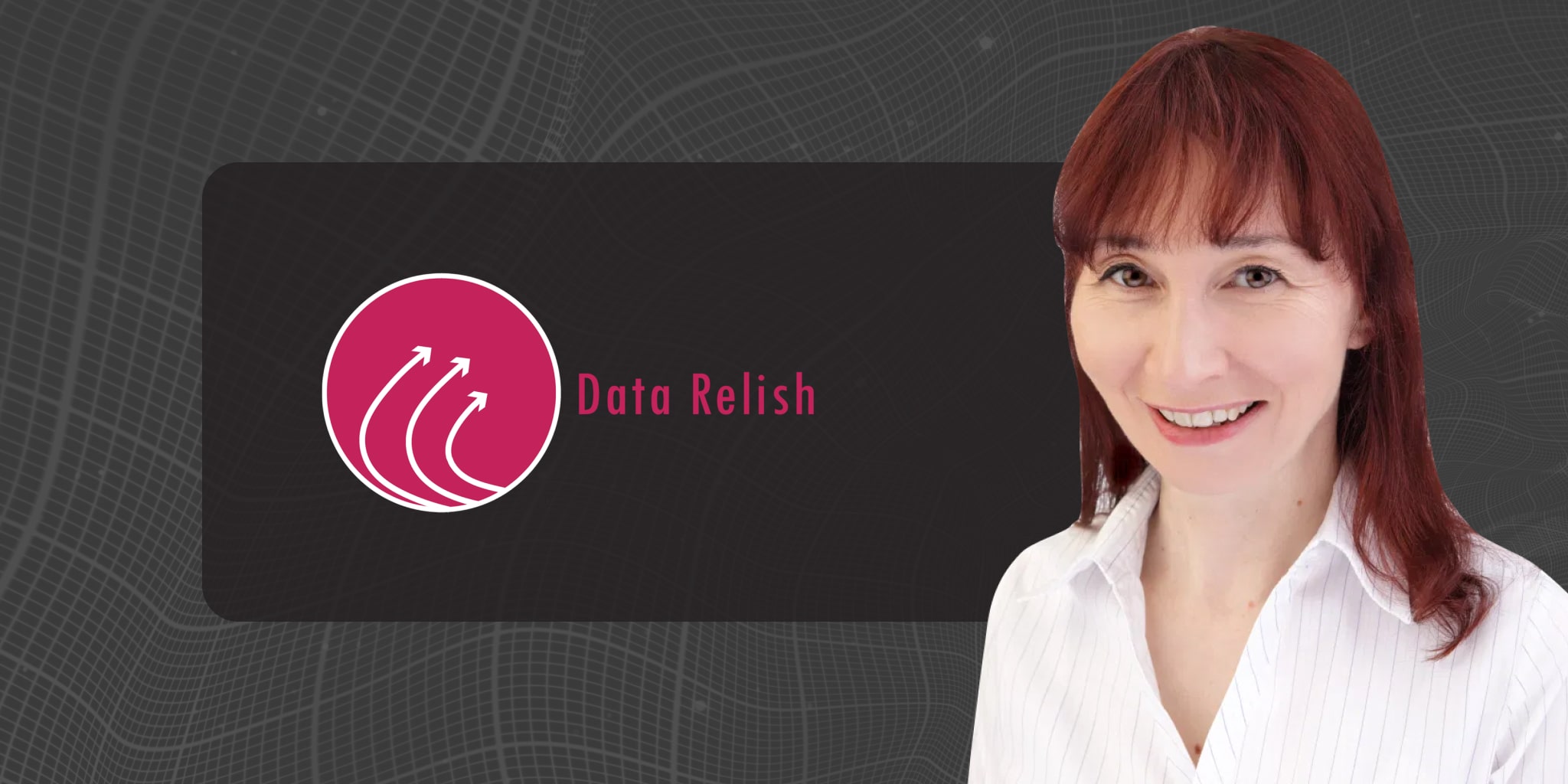

In our most recent webinar, Jen Stirrup CEO of Data Relish and Dave Mariani, Co-Founder and Chief Strategy Officer of AtScale shared how identifying your most valuable customers (MVCs) can deliver experiences that drive more revenue.
Who is your most valuable customer? According to Jen, “When we look around us in the business world, there’re so many different interpretations of your most valuable customer. They could be influencers, your best salespeople by advocating for you. They could be measured in terms of their lifetime value, their transaction value, purchase frequency and so on.”
How does this compare to the customer experience? Jen believes that the identity of customers is constantly changing as “it’s not just value for money anymore. It’s about value for experience.” She continues, “Customers care about the ease of access to you. And that can show up in disparate data points, such as loyalty, repeat purchase intention, their willingness to recommend your brand, or they could say something very unique about your business.” With customers having multiple ways to share not only their voices, but experiences, Jen believes that “if you are not looking through your data in different ways, then you are missing opportunities for the ways in which your customers are speaking.”
How can you get to know your customers better? Stirrup states,“The reality is that your data sources are crucial.” She continues by asking what questions you need to consider, including:
- Do you have all the data that you want in order to understand your customer better?
- How complete is the data?
- Which columns couldn’t you live without?
- Do you ignore some columns because they are usually incorrect?
- How often do you have to “guess” what the data might be?
- How many customer records have all of the data that you need?
- Does the same business term apply equally across all departments?
- Is it possible to share reports easily?
- When you receive a shared report, does it match the data in your own reports?
- How many columns are repeated across different source systems and how often do you have to decide which ones to use?
She concludes, “These things together can help you to understand your most valuable customer. You will be able to see if your business departments actually understand what that concept is, and that will help you to see whether the most valuable customer is considered in the same way across different departments.”
“You can be inspired by the insights and the data that you find, and also inspired by the context in which the data lives. Having a unified vision of your most valuable customer can help align your business departments in terms of the direction of the company. It means you’re all working hard on the same set of customers. So once you’ve agreed your vision of your most valuable customer, you can be open to new interpretations.” Jen states that being data-driven as a company can lead your team to new discovery as “exploring the data can help you to understand what’s happening when your business is performing at its best, and it can help you to stay there.”
“What you want to do is give your analysts the ‘Play-Doh’ moment.” Jen tells the origin story of the successful company and how the beloved craft was invented by accident. The original intention for the material was to be used as a wallpaper cleaner but that soon changed when the inventor’s sister-in-law brought the material to her kindergarten classroom. The children loved it and at that moment, they were able to identify exactly who their most valuable customers were.
“Play-Doh itself is now a multi-million dollar business and is incredibly successful, all because of a completely different interpretation over the product and the solution… And the most valuable customer went from being wallpaper cleaners, people who wanted to clean the wallpaper to being children and kindergarten and perhaps adults as well… But you want to give people the same experience when they’re playing with their data, give your business its own Play-Doh moment, but helping your business teams to have fun with their data, help them to play with it and have fun with it.” 
In this demonstration, Dave emphasizes the importance of having the flexibility to work with your data to achieve the goal of getting to know your customers better and he does this by creating a semantic model. For this use case, he shows us how to paint a better picture of customers and their behavior by using your own data as well as third party data from social media (Twitter).
RELATED CONTENT:
- Analytics Leader Spotlight, Jen Stirrup
- Watch the on-demand webinar here.
- Download our Cloud Data Warehouse Performance Benchmark report






SHARE
Case Study: Vodafone Portugal Modernizes Data Analytics